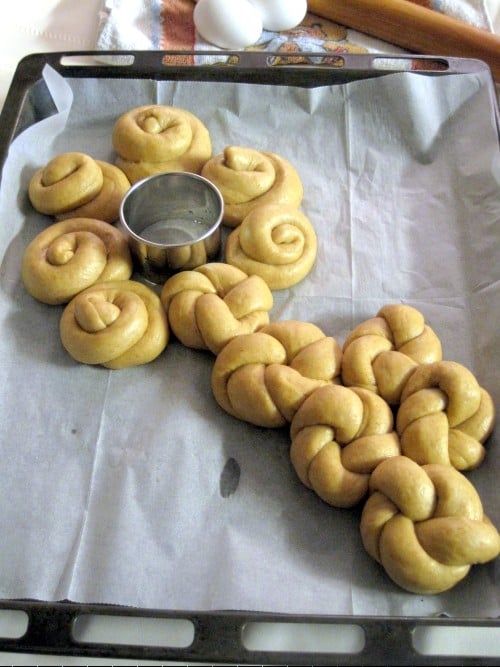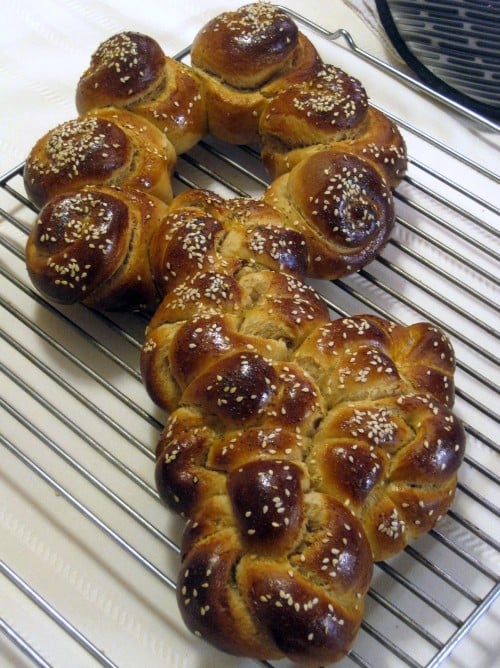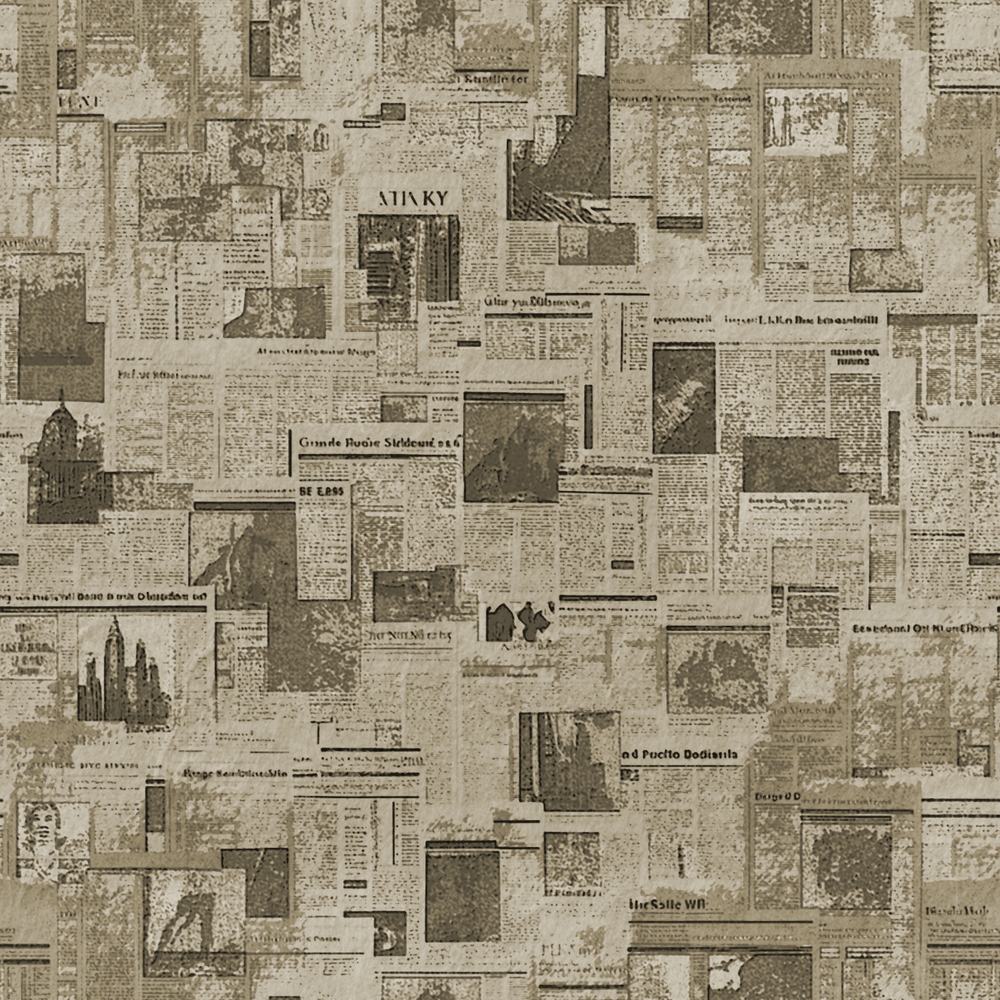The Shabbos after Pesach is a special time to bake challah, specifically in the shape of a shlissel (or key) and is known to be a segula for a good livelihood. Tamar Ansh, master challah baker, talks all about the hows and whys of “shlissel challah”.
Question:
I know that the first Shabbos immediately following Pesach is what is known as Key Challah week. What is this minhag all about?
Question:
I tried making key challahs so many different ways but they come out looking anything but like a key. Any ideas you can share?
Answer to both Qs:
The minhag to bake shlissel challah for the first Shabbos after Pesach is a long-standing one. To quote the Sefer HaTodah by R’Eliyahu Kitov: “The Shabbat after Pesach when we announce the coming of Iyar, some…have the custom to make challah in the form of a key and to sprinkle it with sesame seeds. This is to remind us of the Mahn [manna] that began falling (in the desert) in the month of Iyar; it also symbolizes that the ‘key’ to our parnossa [livelihood] is in Hashem’s hands. We pray that Hashem will …shower us with abundance.”
Sesame seeds are used to depict mahn as they are small and white. It says about the mahn, “They were like small seeds, white, and [tasted] as if they were dipped in honey.”
So since nearly all of us want blessing for a good parnossa, we usually find a way to push ourselves to get those challahs done, even after all the work of Pesach has just finished. I know of one generous soul who always makes extra key challos to give to some of her neighbors to wish them a blessed year filled with parnassah tovah.
There are lots of interesting ways to make a key challah. I got this beautiful idea from one of my Hamodia readers named Sara E. who hired me to do a private challah show for her whole family on Chanukah:
Line a large baking sheet with parchment paper.
Prepare your favorite challah dough. Divide into 12. Form each piece into a small ball. Roll out each ball into a rope about an inch thick. Take one end of the rope and form a small circlet with a hole in the center; then wind the rest of the rope in and out around the circle three times, tucking the end inside the circle (see photo). Line up four circles in a row vertically (this forms the shaft or “blade” of the key) and attach two more circles onto one side of the blade as in the photo.

The top part or “bow” of the key (where you grasp it) is formed by placing the remaining 6 circlets at the top of the blade, leaving a hole in the center. Using either a piece of baking paper or foil crushed into a ball shape OR a small round cookie cutter (greased on the outside with oil so it won’t get stuck to the challah as it bakes) fill in the center of the “bow” so it will stay open as it bakes.
Preheat the oven to 375°F/190°C while you let your shlissel challah rise for 20–30 minutes. Don’t let it rise too much or it may lose some of its beautiful shape. Brush the challah with a beaten egg. Then sprinkle with white sesame seeds and bake for 20–25 minutes until browned to perfection both on top and underneath.

When done, remove it carefully to cool, being careful that it should not break apart. Freeze it on a flat, lined cookie tray until hardened and then wrap it in plastic until the day of use. Or, just shape it that Friday morning and then bring it directly to the table to await Hamotzi that night.
To serve, just break off the little rolls that form the key. If you have more than 12 people at the table, I guess you will have to cut them into smaller slices!
With warmest wishes for parnassah tovah u’v’shefa,
Tamar Ansh
Tamar Ansh is a recognized challah expert and runs The Jerusalem Challah Center, the place to book your challah tour in Jerusalem for your next visit to Israel! These interactive challah shows are a great choice for bat mitzvah parties, engagements, family fun days, kiruv & tour groups visiting Israel. Contact her at info@aTasteofChallah.com.
Tamar Ansh is also the author of several books, among them her bestseller, A Taste of Challah, a photographic guide to making your challahs the best they can be! Her monthly blog, Challah Bytes, attracts readers world-wide.
This article first appeared in Hamodia Publications, 2016.


